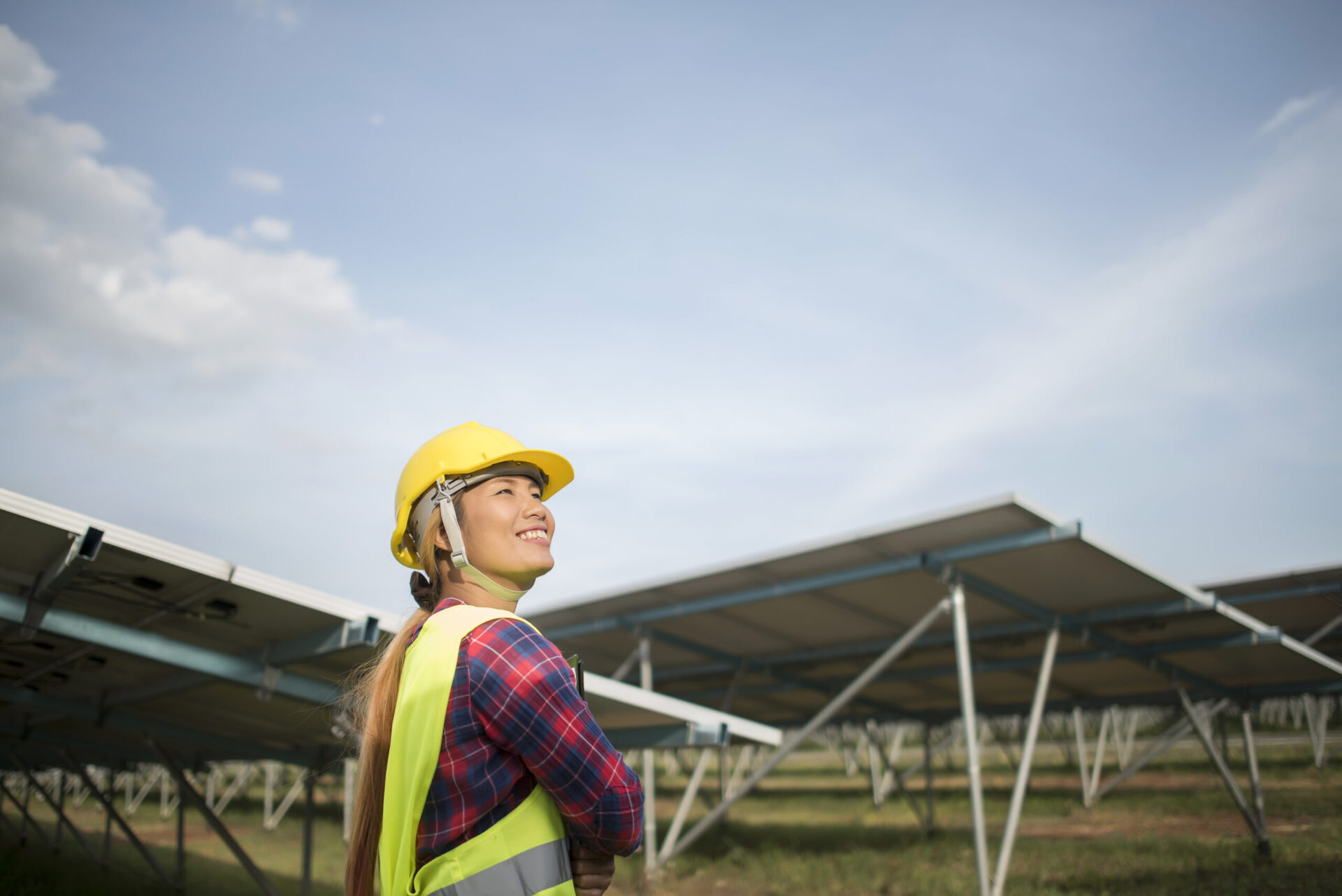Renewable energy has become one of the world’s most increasingly important topics over the last decade. Whilst there are some aspects that have common knowledge; such as the existence of solar panels and wind turbines, much of this incredible and far-reaching technology is still misunderstood. Read on to find out what you need to know about this important subject.
What exactly is renewable energy?
Renewable energy is a form of clean and endless power generation used for a number of reasons. Some examples of renewable energy sources are solar, wind, geothermal and hydropower.
As the name suggests, it can be renewed. In other words, it’s infinite and cannot run out. It’s also generally free of greenhouse gas (GHG) emissions, which is a growing problem in other forms of energy such as fossil fuels like coal, oil and natural gas.
Because of this, renewable energy sources are often also referred to as sustainable. They will more than likely become more widespread as we try to reach our energy needs without increasing GHG emissions or compromising our standards of living.
What’s the difference between renewable and nonrenewable?
The main difference between renewable and nonrenewable energy is that there is an infinite amount of nonrenewable energy, while renewable is unlimited because the source of its power is regenerative.
There is also an unlimited supply of renewable resources. But, that supply is not always available or efficient. For example, wind power is only available when the wind is blowing.
One of the main differences between the two types of energy is that renewable power is almost always free of carbon emissions, whilst nonrenewable energy always emits carbon dioxide.
What is the most common form of renewable energy?
Currently, the most common form of renewable power is by far hydroelectric power. This kind of renewable has been around for centuries, predating its use in generating electricity, which began in 1882. Even with increases in solar and wind energy. Hydropower continues to account for about 17% of all electricity production worldwide.
What are the pros and cons of renewable energy?
The two biggest pros of renewable energy are that it’s infinitely replenishable and full of greenhouse gas emissions, which are both game-changing attributes! These two factors have been the driving force behind the expansion of renewable energy technologies, as well as making this kind of energy more accessible for people all over the world.
Though the positives are undeniable, there are still downsides to renewable energy. Some of these drawbacks can be improved, but some will likely remain regardless of technological advancements. Renewables such as wind or solar are intermittent, making them inherently unreliable without massive storage capacity.
Renewables do unfortunately cost more, especially the upfront costs needed for the infrastructure to get them off the ground.
Lastly, land issues are a large issue for most types of renewables. Whether it’s an ecosystem damage caused by hydro dams, farmland covered by solar panels, or bird deaths from wind turbines.
Start your career today
There has never been a better time to start your career in this industry. Under our guidance, you’ll experience all of the training necessary to become a fully-qualified electrician. Many people are worried about not having the time to dedicate to a course but we work around you. Work from home via our bespoke manuals and virtual reality simulations, learning a number of key skills along the way. Everything is assessed by your personal tutor, handpicked for their communication skills, competence and experience in the field. Head to our Renewable Engineer course page to learn more, or sign up here to receive a call from our team.






